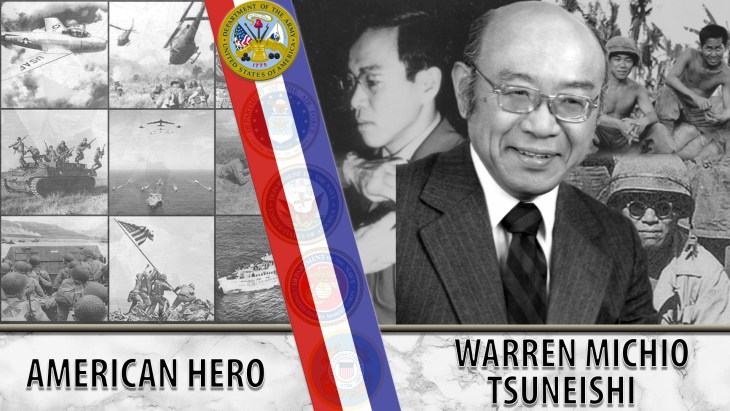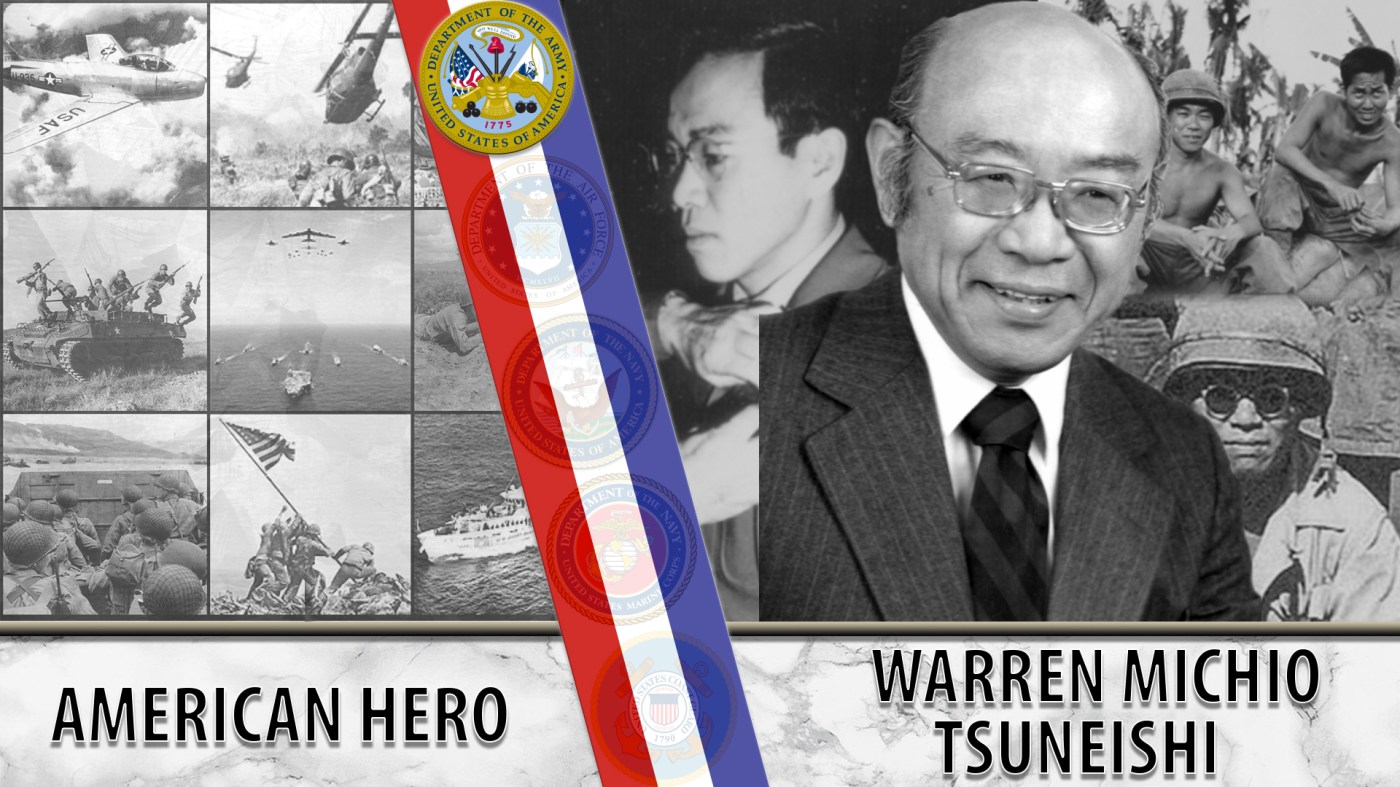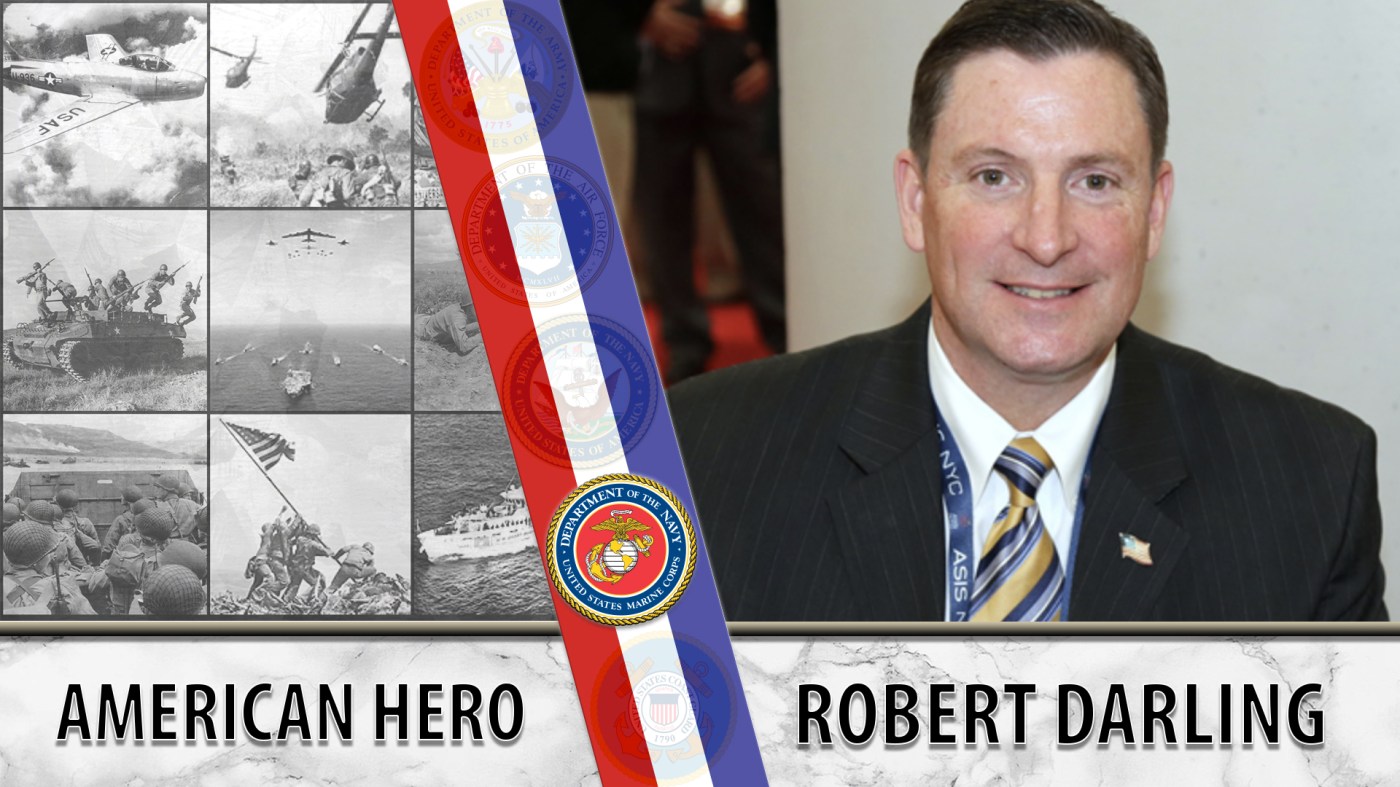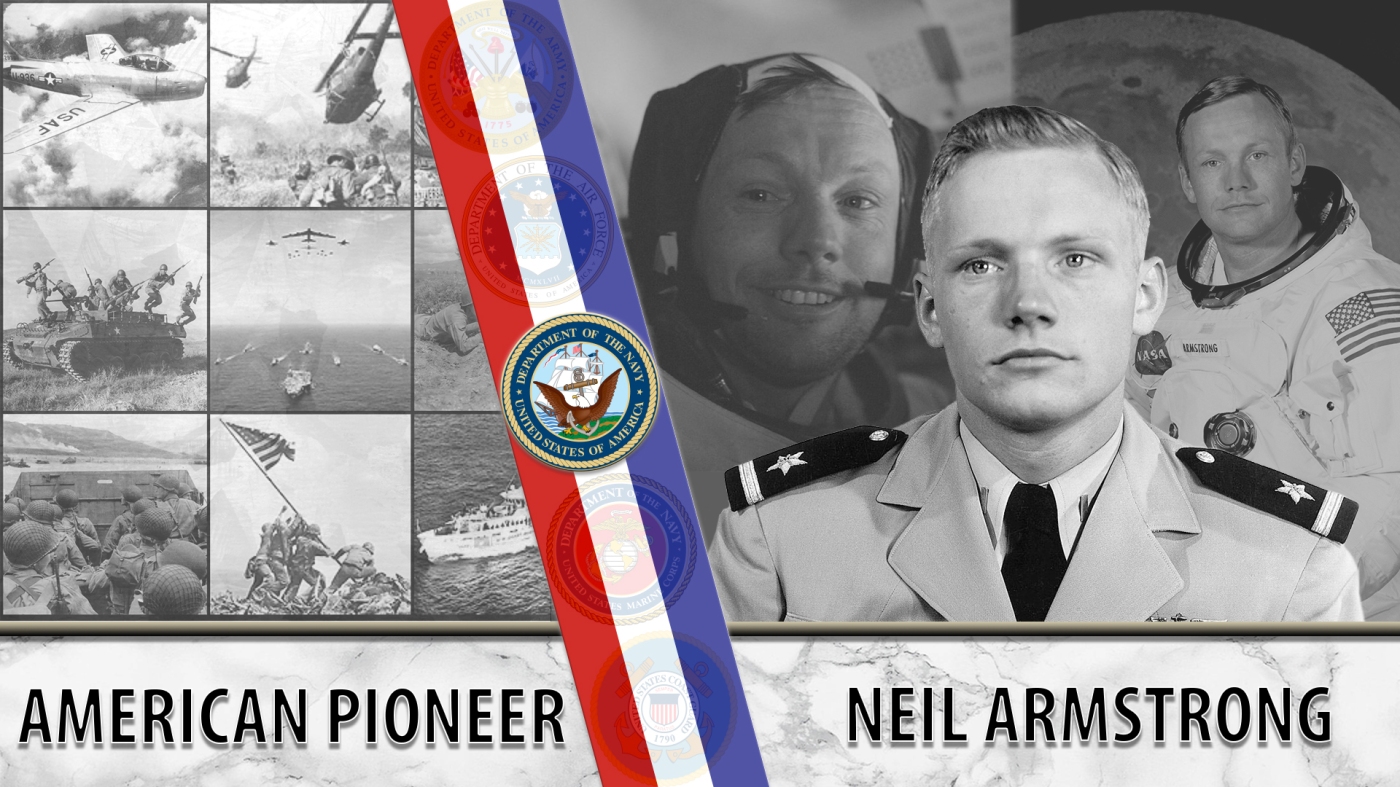
Army Veteran Warren Michio Tsuneishi served in the Military Intelligence Service as a translator during World War II, in Hawaii, the Philippines and Korea.
Army Veteran Warren Michio Tsuneishi served in the Military Intelligence Service during World War II, as part of the Nisei soldiers (second generation Japanese American) serving the United States war efforts in Hawaii and the Philippines.
Tsuneishi was born on July 4, 1921. He grew up in Monrovia, California, where his parents had settled after leaving Kochi Prefecture, Japan. Tsuneishi was the fifth of 10 children. With his parents’ encouragement to get an American education, Tsuneishi applied to UCLA and later transferred to University of California at Berkeley in September 1941.
In 1942, Tsuneishi and his family were forced to relocate to the Tanforan Assembly Center in San Francisco, California, along with 13,000 other Japanese Americans due to Executive Order 9066. His family was later moved to the Heart Mountain Relocation Center, Wyoming. To find work, he volunteered for a job as a sugar beet laborer in Idaho during the summer months. His chance at freedom came when the American Friends Service Committee permitted him to attend Syracuse University in January 1943 to complete his college education.
During this time, there was widespread fear and discrimination against Japanese Americans. Hughes, Tsuneishi’s older brother, was already in the Army, training in the U.S. Military Intelligence Service Language School (MISLS) at Camp Savage, Minnesota. The MISLS was an Army language program of Nisei soldiers who specialized in linguistics of the Japanese language and interrogated prisoners to obtain battlefield information. Hughes wrote to younger brother to consider volunteering for the MISLS. After Tsuneishi graduated from Syracuse in August 1943, he took his brother’s advice and soon completed basic infantry training at Camp Blanding, Florida.
In June 1944, a group of 10 Nisei, including Tsuneishi, were shipped overseas to Schofield Barracks, Wahiawa, Oahu, and were named the 306th Headquarters Intelligence Detachment of the XXIV Corps. In Oahu, Tsuneishi received jungle training and became part of Gen. MacArthur’s historic return to the Philippines. As a translator in military intelligence, his duties consisted of translating captured documents for intelligence.
The 306th landed in Leyte, a Filipino island, on Oct. 20, 1944, and secured it by the end of 1944. Gen. MacArthur’s headquarters received a message that the inhabitants of the Camotes Islands were being slaughtered by a smaller occupying Japanese force. The 306th – under the command of Lt. Benjamin H. Hazard – asked for volunteers to join their battalion to liberate the island. Tsuneishi learned from captured documents that the island force was a unit of about 400 shipping engineers, and the American battalion believed the engineers were not trained for combat. The Japanese put up a fierce resistance that ultimately led to a self-afflicted banzai attack, killing almost all the Japanese forces. Tsuneishi was also under fire during the Battle of Okinawa, with an estimated 45,000 American casualties; the Japanese suffered twice that number, and over 100,000 civilians were killed.
Over 800 Nisei soldiers lost their lives in the European Theater, but only 25 were killed in the war in the Pacific. Part of this was due to the Nisei soldiers having bodyguards assigned for their protection among their own troops. The Nisei were not trusted as loyal citizens and were constantly watched and guarded so that they were not mistaken for the enemy.
After the war ended, Tsuneishi was sent to Korea for occupational duties under Lt. Hazard and was offered a field commission if he signed for another tour of duty. He declined this offer to return home, and was awarded a Bronze Star by Lt. Gen. John Hodge in a ceremony at the Chosun Hotel in Seoul, South Korea. He was honorably discharged in January 1946 with the rank of technical sergeant.
Tsuneishi used the G.I. Bill to earn a master of arts degree in classical Japanese literature and a master of science in library science at Columbia University. In 1960, he received a Ph.D in political science from Yale University. Tsuneishi served as a curator of the East Asian Collection at Yale University Library and became chief of the Asian Division of the Library of Congress until his retirement in 1993.
Tsuneishi died in January 2011. He was 89. He was survived by his wife, Betty Takeuchi of Honolulu, and their three children.
We honor his service.
Writers: Hagen Kenny, Kimberly Kassis, Kim McAdams
Editors: Katherine Berman, Julia Pack, Isabel Nulter
Researcher: Carl Wesseln
Fact-Checker: Kelly Wun
Topics in this story
More Stories
Bernie Webber led one of the greatest Coast Guard rescues in history that was later chronicled in the book and movie, “The Finest Hours.”
As the events of 9/11 unfolded, Marine Veteran Robert Darling served as a liaison between the Pentagon and Vice President Dick Cheney in the underground bunker at the White House.
NASA astronaut Neil Armstrong was the first person to walk on the moon. He was also a seasoned Naval aviator.






